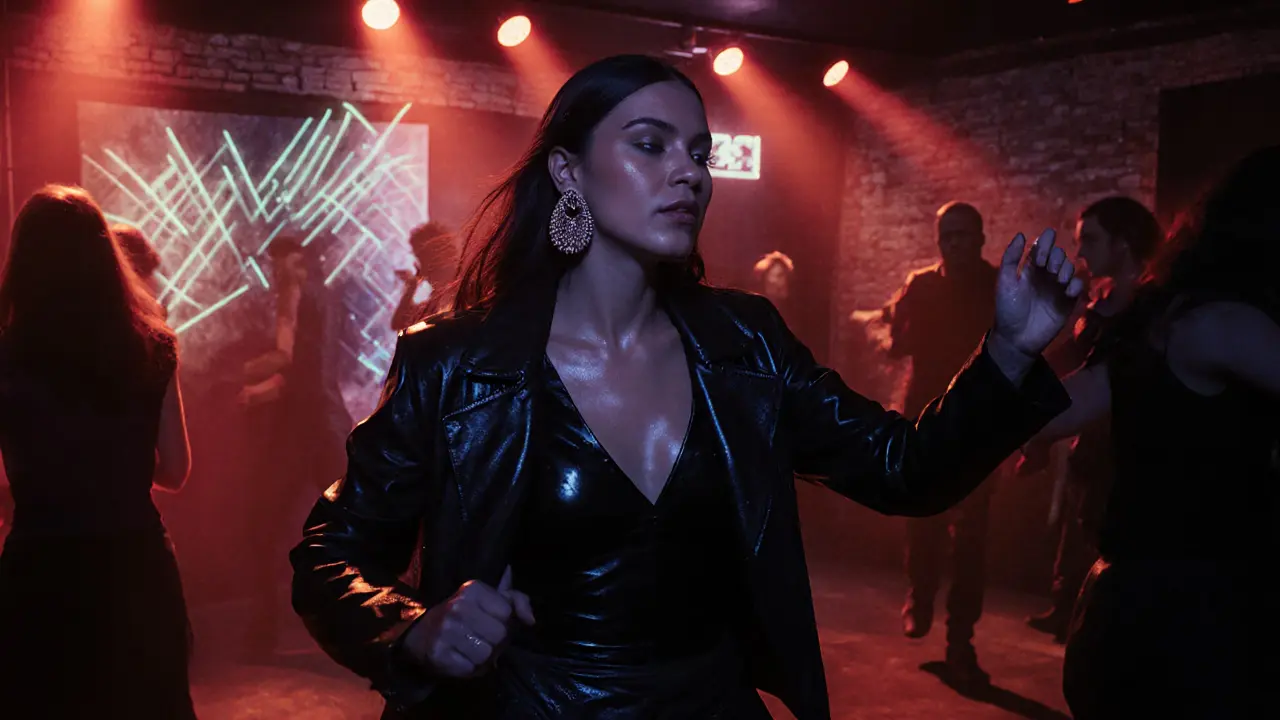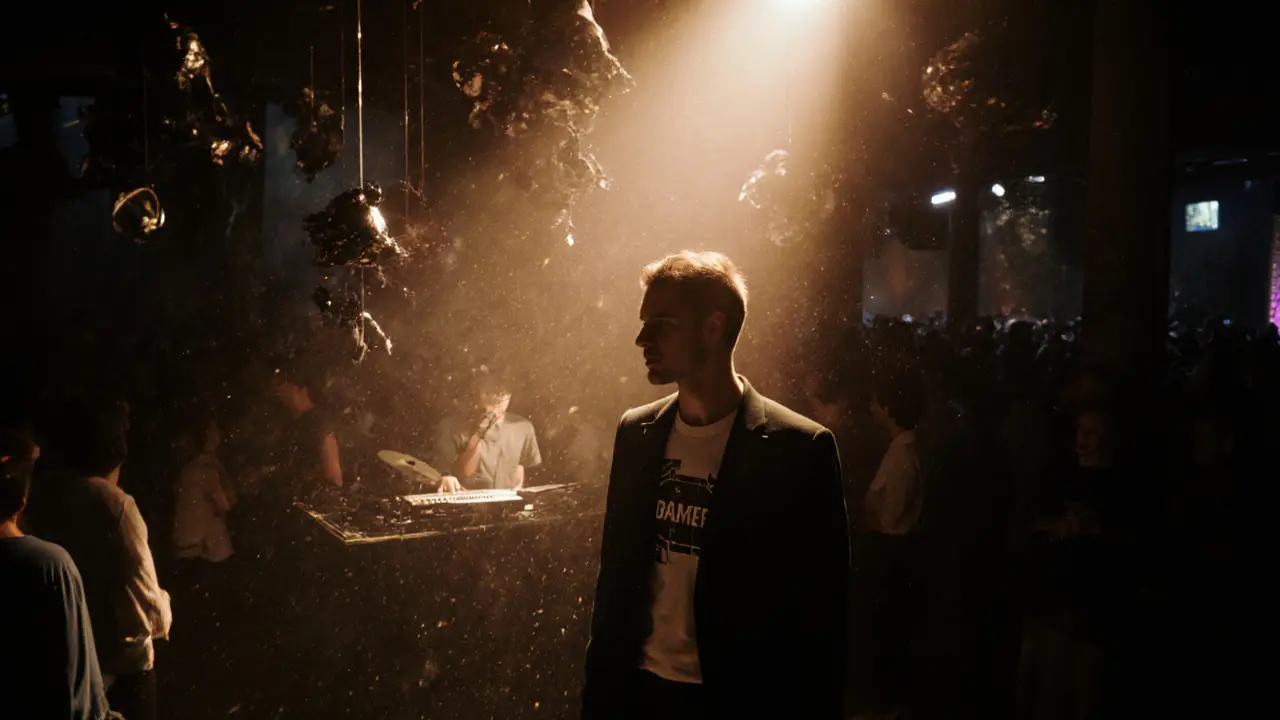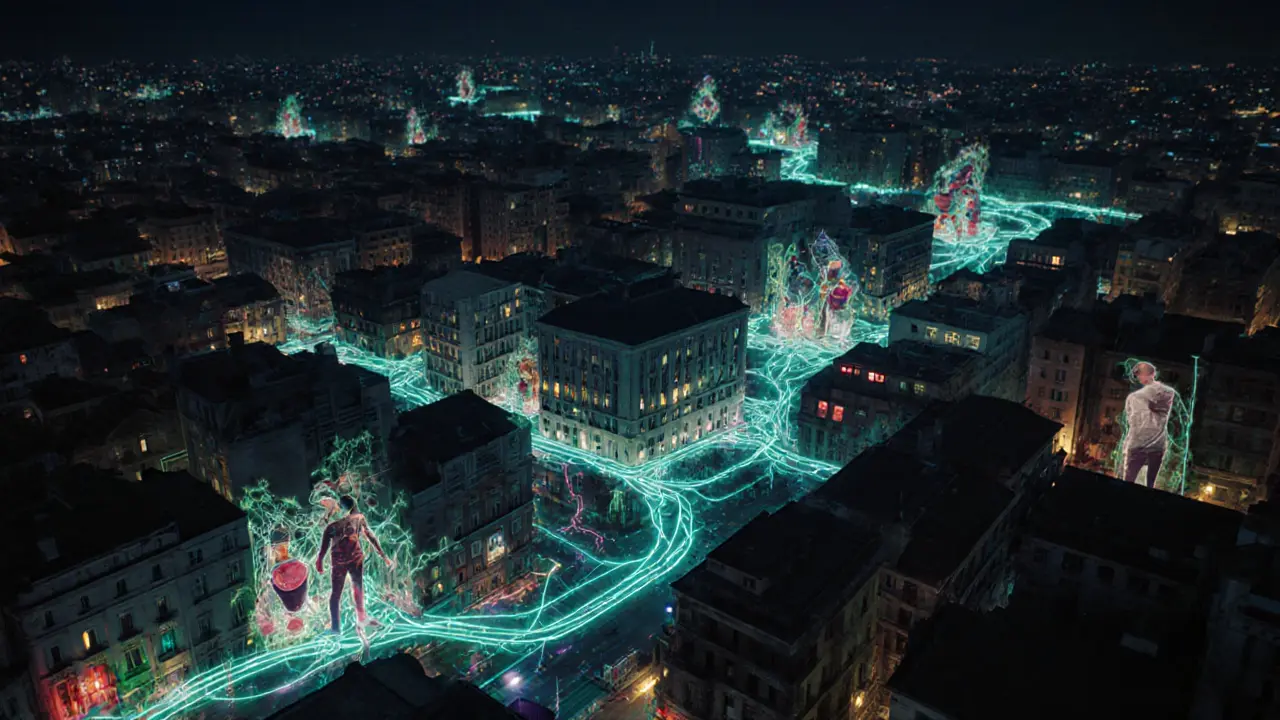Night Club - The Pulse of the City

There’s a rhythm in every city that only comes alive after dark. In Sydney, it’s the thump of bass echoing off brick walls in Newtown. In Berlin, it’s the industrial hum of a warehouse turned temple of sound. In Milan, it’s the sharp click of heels on marble floors before the doors swing open at 1 a.m. Night clubs aren’t just places to drink or dance-they’re the living heartbeat of urban life, where identity, music, and movement collide.
What Makes a Night Club More Than a Bar with Lights?
A bar serves drinks. A club serves experience. The difference isn’t in the liquor license-it’s in the intention. A night club is designed to pull you out of your routine and into a different version of yourself. The lighting doesn’t just illuminate-it manipulates. The sound system isn’t just loud-it’s physical. You feel the kick drum in your chest before you hear it. That’s not an accident. It’s engineering.
Think about the last time you walked into a club and felt the air change. The scent of sweat, perfume, and spilled gin. The way voices fade into the music, then rise again in laughter. The strangers who become dance partners for one song, then vanish by sunrise. That’s not chaos. It’s choreography. Every element-from the DJ’s setlist to the bouncer’s posture-is calibrated to create a controlled release of energy.
The Evolution of Night Club Culture in Milan
Milan’s nightlife didn’t start with glitter and neon. In the 1980s, underground clubs popped up in abandoned textile factories near Porta Venezia. These weren’t glamorous. They were raw. Vinyl records, DIY lighting, and a strict door policy that favored those who looked like they belonged. That spirit never fully disappeared.
Today, clubs like La Scala and Alcatraz still carry that edge. But now, they’re backed by international DJs, curated cocktails, and Instagram-ready interiors. The shift isn’t just aesthetic-it’s cultural. Milan’s night clubs now serve as global stages. A DJ from Lagos plays to a crowd of Milanese fashion students and Tokyo tourists. A local producer drops a track that goes viral in Berlin before it hits Spotify.
The city’s clubs don’t just reflect Milan’s identity-they shape it. What you wear to a club here isn’t just fashion. It’s a statement. A tailored blazer over a band tee. Leather pants with chunky sneakers. No one asks if you’re dressed right. You just know. Because in Milan, the club is where style meets sound, and both are non-negotiable.
The Science Behind the Vibe
Why do some clubs feel alive while others feel empty, even when they’re packed? It’s not just the music. It’s acoustics, airflow, crowd density, and even the color of the walls.
Research from the University of Milan’s Department of Urban Psychology shows that clubs with darker, low-reflective walls and ceiling heights above 4 meters create a sense of immersion. People stay longer. They move more. They’re more likely to return. Lighter colors and mirrored surfaces? They make people feel exposed. They leave earlier.
Sound design matters too. The best clubs don’t just play music-they sculpt it. A low-frequency sub-bass (below 60Hz) triggers a physiological response. It’s not heard-it’s felt. That’s why you can’t stop moving. Your body reacts before your brain catches up.
And the crowd? It’s not random. Clubs that thrive understand crowd flow. They position bars at the edges, not the center. They use lighting to guide movement. They let the dance floor breathe. That’s why some clubs feel like a pressure cooker, and others feel like a wave you can ride.

Who Really Goes to Night Clubs?
It’s easy to assume night clubs are for young people. But in Milan, the average age of regular clubgoers is 32. That’s not a typo. People in their 30s and 40s don’t just show up-they run the scene. They’re the ones who book the DJs, design the lighting, and write the playlists. They’re the ones who know which club has the best sound system and which one has the worst bathroom line.
There’s also a quiet shift happening. More women are coming alone. More non-binary people are claiming space. More people are showing up not to hook up, but to feel something real. The old stereotype of clubs as places for fleeting encounters is fading. What’s rising is something quieter: community.
Look around on a Thursday night at Bar Luce or Ex Dogana. You’ll see engineers, teachers, artists, and chefs all dancing like no one’s watching. Because for three hours, they’re not any of those things. They’re just bodies moving to the same rhythm.
What Makes a Night Club Last?
Most clubs die within two years. Why? Because they think they’re selling alcohol or music. They’re not. They’re selling transformation.
The clubs that survive do three things well:
- They curate identity, not just events. They don’t just host a techno night-they make you feel like you’re part of a secret society.
- They listen. They don’t just play what’s trending. They pay attention to what their regulars hum on the way out.
- They protect the vibe. That means no VIP sections that block the view. No overpriced bottles that turn the floor into a photo op. No influencers who treat the dance floor like a runway.
The best clubs in Milan don’t advertise. They whisper. A friend texts you: “Be there at 1.” No hashtags. No flyers. Just trust.

The Future of Night Clubs
Technology is changing night clubs-but not in the way you think. No one’s waiting for VR headsets in the booth. The real innovation is in sustainability. Clubs are switching to LED lighting that cuts energy use by 70%. They’re using biodegradable cups. Some even partner with local farmers to serve cocktails made with surplus fruit.
And the music? It’s becoming more local. Instead of booking global stars, clubs are spotlighting underground producers from Naples, Bologna, and even small towns outside Milan. These are the voices that will define the next decade.
One thing won’t change: the need for a place where you can lose yourself. Where the outside world fades. Where the only rule is to feel something. That’s why night clubs will never die. They’re not a trend. They’re a necessity.
How to Find the Right Club for You
Not every club is for everyone. Here’s how to find yours:
- If you want deep bass and minimal lighting, hit Alcatraz on weekends.
- If you prefer jazz, soul, and dim corners with velvet booths, try Il Baretto after midnight.
- If you’re into experimental sound and art installations, Ex Dogana is your spot on Tuesday nights.
- If you want to see Milan’s fashion elite dance like no one’s watching, La Scala on Friday is where the energy peaks.
Go alone once. Don’t check your phone. Let the music lead you. You’ll find out what kind of night you’re looking for.
Are night clubs in Milan safe for solo visitors?
Yes, especially in well-established clubs in Brera, Navigli, and Porta Venezia. Most have trained security staff, clear emergency exits, and staff trained to intervene if someone looks uncomfortable. Many clubs now have a ‘safe space’ policy and quiet zones for people who need a break from the noise. Trust your instincts-if a place feels off, leave. The best clubs welcome you, no questions asked.
What’s the best time to arrive at a night club in Milan?
Arrive between 12:30 a.m. and 1:30 a.m. That’s when the crowd has settled in, the DJ is warmed up, and the energy is building. Getting there too early means you’ll be sitting alone. Too late, and you’ll be fighting for space near the bar. The sweet spot is when the music hits its stride-and so does the crowd.
Do I need to dress up to get into a night club in Milan?
You don’t need a suit or heels, but you do need intention. Milanese clubs notice effort. No flip-flops, no sportswear, no oversized hoodies. Think clean lines, fitted clothes, and one standout piece-a leather jacket, bold earrings, or a pair of sleek boots. It’s not about being rich. It’s about being present. The door policy isn’t about exclusion-it’s about respect for the space.
Can I find live music in Milan’s night clubs?
Absolutely. While most clubs focus on DJs, places like Ex Dogana and Teatro Dal Verme regularly host live electronic acts, jazz trios, and experimental bands. Check their monthly calendars. Some nights feature local musicians who’ve never played outside Milan. Those are the nights you’ll remember.
Why do some night clubs in Milan have waitlists?
It’s not about exclusivity-it’s about capacity. The best clubs keep their dance floors at just under maximum density. Too many people, and the sound gets muddy, the air gets thick, and the vibe breaks. Waitlists help them control the flow. If you’re on one, use the time to grab a drink nearby. The wait is part of the ritual. When you finally get in, the music feels like a reward.
Final Thought: The Club Is the City After Dark
Milan doesn’t sleep. It transforms. The same streets that buzz with designers and tourists by day become canvases for sound and movement by night. The clubs are where the city’s soul comes out to play. Not in a flashy way. Not for show. But because it has to. Because without that pulse, the city would just be buildings and traffic lights.
Go to a club not to be seen. Go to feel something real. Let the music take you where your mind can’t. That’s the only rule that matters.
